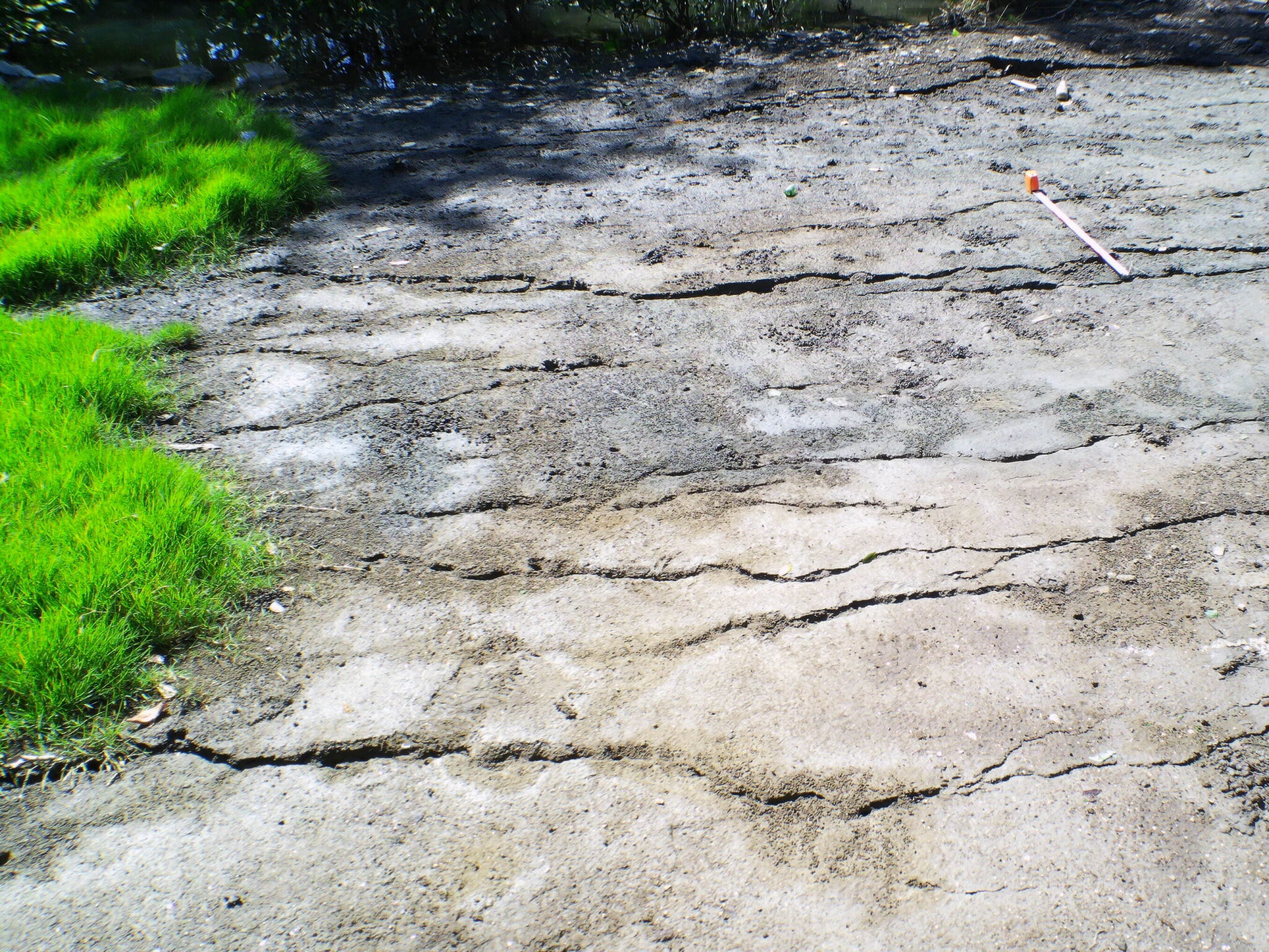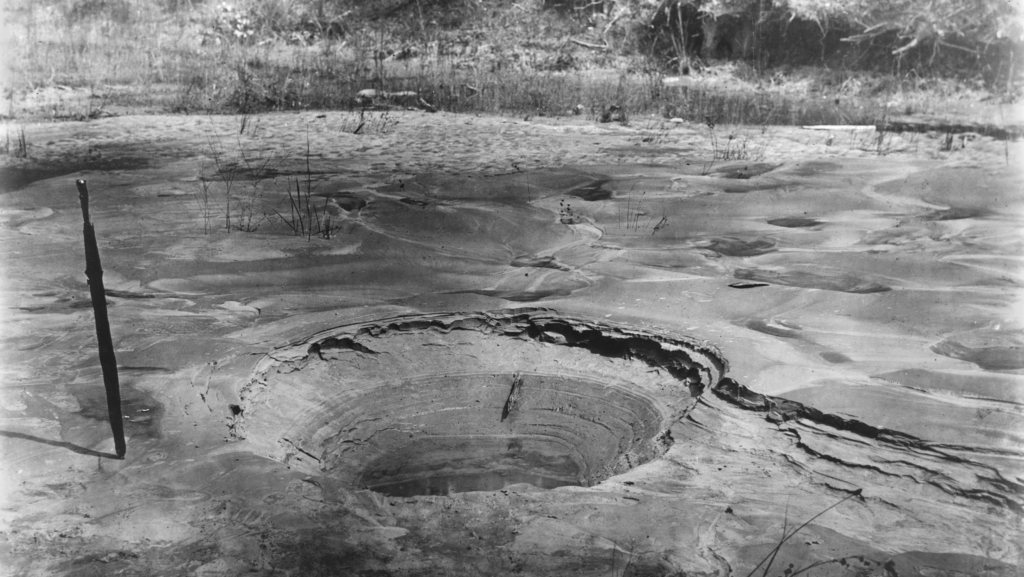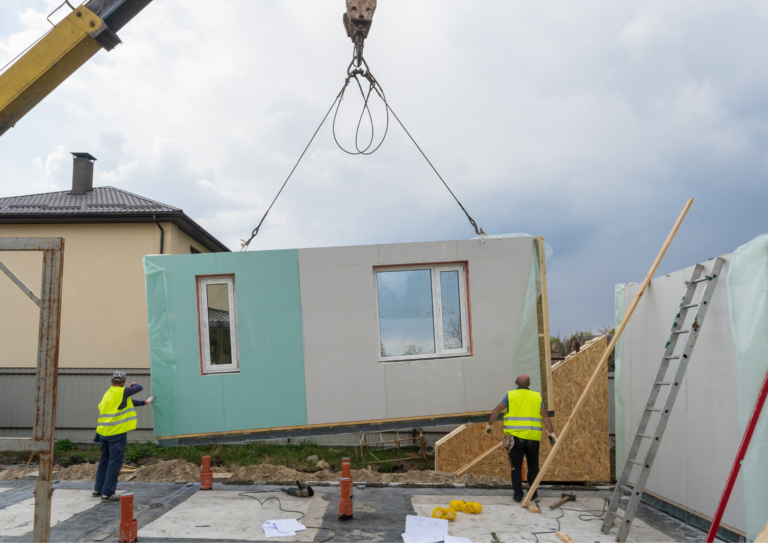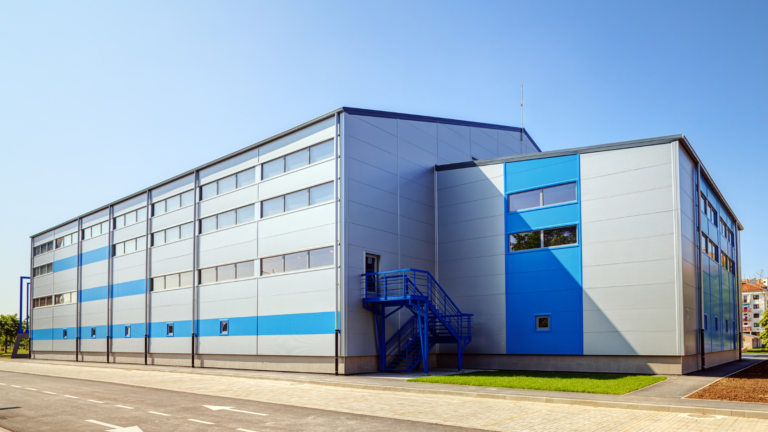Soil liquefaction is a geotechnical phenomenon that can have catastrophic consequences, leading to the loss of property and endangering lives. It occurs when saturated soil loses its strength and behaves like a liquid under stress. Understanding the causes of soil liquefaction and implementing effective preventive measures are crucial for mitigating its damaging effects. In this comprehensive article, we will delve into the causes of soil liquefaction, explore practical ways to prevent it, and provide insights into avoiding its impacts. By taking proactive steps, we can minimize the risks associated with this geotechnical hazard.

What Causes Soil Liquefaction?
Soil liquefaction primarily occurs in loose, cohesionless soils, such as sand and silty sands, when subjected to dynamic loading events. The following factors contribute to soil liquefaction;
Saturation
Soil liquefaction is triggered by the presence of water within the soil. When the spaces between soil particles are filled with water, it reduces the effective stress and increases pore pressure. Consequently, the soil particles lose contact and become mobile, causing the soil to behave like a liquid.
Grain Size
The grain size of the soil plays a significant role in determining its susceptibility to liquefaction. Fine-grained soils, such as silt and clay, tend to resist liquefaction due to their cohesive properties, which enable them to maintain their structure even when saturated. On the other hand, coarse-grained soils, like sand, are more prone to liquefaction as they lack cohesion.
Ground Shaking
Seismic activity, particularly earthquakes, induces dynamic loading on the soil. The seismic waves cause the ground to vibrate, exerting intense shaking forces on the soil. This shaking leads to the rearrangement of soil grains, resulting in an increase in pore pressure and the potential for liquefaction.
Saturation Duration
The duration of soil saturation also plays a role in soil liquefaction. If the soil remains saturated for an extended period, it increases the likelihood of liquefaction during a dynamic loading event. Prolonged saturation allows excess water to accumulate, leading to higher pore pressures and reduced soil strength.
Groundwater Level
The level of groundwater can significantly influence soil liquefaction. When the groundwater table is close to the ground surface, it increases the pore pressure in the soil, making it more susceptible to liquefaction. Changes in groundwater levels, such as seasonal fluctuations or man-made alterations, can impact the liquefaction potential.
Earthquake Characteristics
The characteristics of an earthquake, such as its magnitude, duration, and frequency content, can affect the likelihood and severity of soil liquefaction. Stronger earthquakes with higher peak ground accelerations are more likely to induce liquefaction, particularly in areas with susceptible soil types.
How Can We Prevent Soil Liquefaction?
Prevention is the key to minimizing the risks associated with soil liquefaction. Here are some effective preventive measures;
Site Selection
Before initiating any construction project, it is crucial to conduct thorough geotechnical investigations. Evaluating the soil conditions, including its type and liquefaction potential, helps in selecting suitable sites for construction. If the site is prone to liquefaction, alternative locations with more stable soil can be considered.
Compaction and Ground Improvement
Proper compaction techniques should be employed during construction to increase the density of the soil. This reduces the risk of liquefaction by minimizing the pore spaces available for water accumulation. Additionally, ground improvement methods such as vibro compaction, stone columns, or soil stabilization techniques can enhance the soil’s stability and reduce liquefaction susceptibility.
Drainage Systems
Implementing effective drainage systems is crucial for managing excess water and maintaining proper water levels in the soil. Well-designed drainage pipes or permeable materials can facilitate the efficient removal of water, thereby reducing excess pore pressure and the likelihood of soil liquefaction.
Retaining Structures
Constructing retaining walls or other types of structural reinforcements can prevent the lateral movement of soil during liquefaction events. These structures provide stability to the surrounding area and help distribute the forces exerted by the liquefied soil, reducing the potential for damage.
Grouting
Injecting grout or other stabilization materials into the soil can improve its strength and stability. Grouting helps fill the voids between soil particles, increasing cohesion and reducing the potential for liquefaction. This technique is commonly used in areas with high liquefaction risks.
Groundwater Control
Managing the groundwater level through dewatering techniques can be an effective preventive measure. Lowering the groundwater table reduces the pore pressure in the soil, improving its stability and reducing the likelihood of liquefaction. This method is particularly useful in areas with high water table conditions.
Dynamic Compaction
Dynamic compaction involves the use of heavy machinery to compact loose or susceptible soils. The repeated impact loads from the machinery help densify the soil, increasing its strength and resistance to liquefaction. This technique is commonly employed during the construction of embankments and foundations.
Slope Stabilization
Liquefaction can also occur in sloping terrain. Implementing slope stabilization measures, such as installing retaining walls, soil anchors, or geosynthetic reinforcements, can help prevent slope failure and minimize the potential for liquefaction-induced landslides.
Public Awareness and Education
Increasing public awareness about the risks and impacts of soil liquefaction is crucial for prevention. Educating individuals, communities, and construction professionals about the causes, signs, and preventive measures associated with soil liquefaction can encourage proactive actions and adherence to building codes and regulations.
How Can You Avoid the Effects of Liquefaction?
While prevention is essential, being prepared for potential liquefaction events is equally crucial. Here are some ways to avoid the effects of liquefaction;
Building Design
Ensuring that structures are designed and constructed following proper engineering standards and codes significantly reduces the risks associated with liquefaction. Incorporating flexible foundations, deep pilings, and proper structural connections can help buildings withstand the effects of ground shaking during liquefaction events.
Emergency Preparedness
Developing comprehensive emergency response plans and educating residents and communities about the potential hazards of liquefaction can save lives during an event. Understanding evacuation routes, establishing communication networks, and having emergency supplies readily available are essential precautions.
Monitoring and Early Warning Systems
Continuous monitoring of soil conditions, including pore pressure and ground movement, can provide early warning signs of potential liquefaction. Implementing advanced monitoring technologies, such as ground-based or satellite-based monitoring systems, can help in detecting and responding promptly to changing ground conditions.
Conclusion
Soil liquefaction poses significant risks to infrastructure and human life. By understanding its causes, such as saturation, grain size, and ground shaking, and implementing appropriate preventive measures, we can minimize these risks. Through thorough site investigations, compaction, ground improvement techniques, effective drainage systems, and proper building design, we can construct resilient infrastructure that can withstand potential liquefaction events. Additionally, proactive emergency preparedness, including education and early warning systems, contributes to a safer environment. By working together to prevent and mitigate soil liquefaction, we can protect lives, and property, and ensure a more resilient future.
To learn more about different types of sand used in construction, visit 5 Types of Sand Used for Construction In the World.





